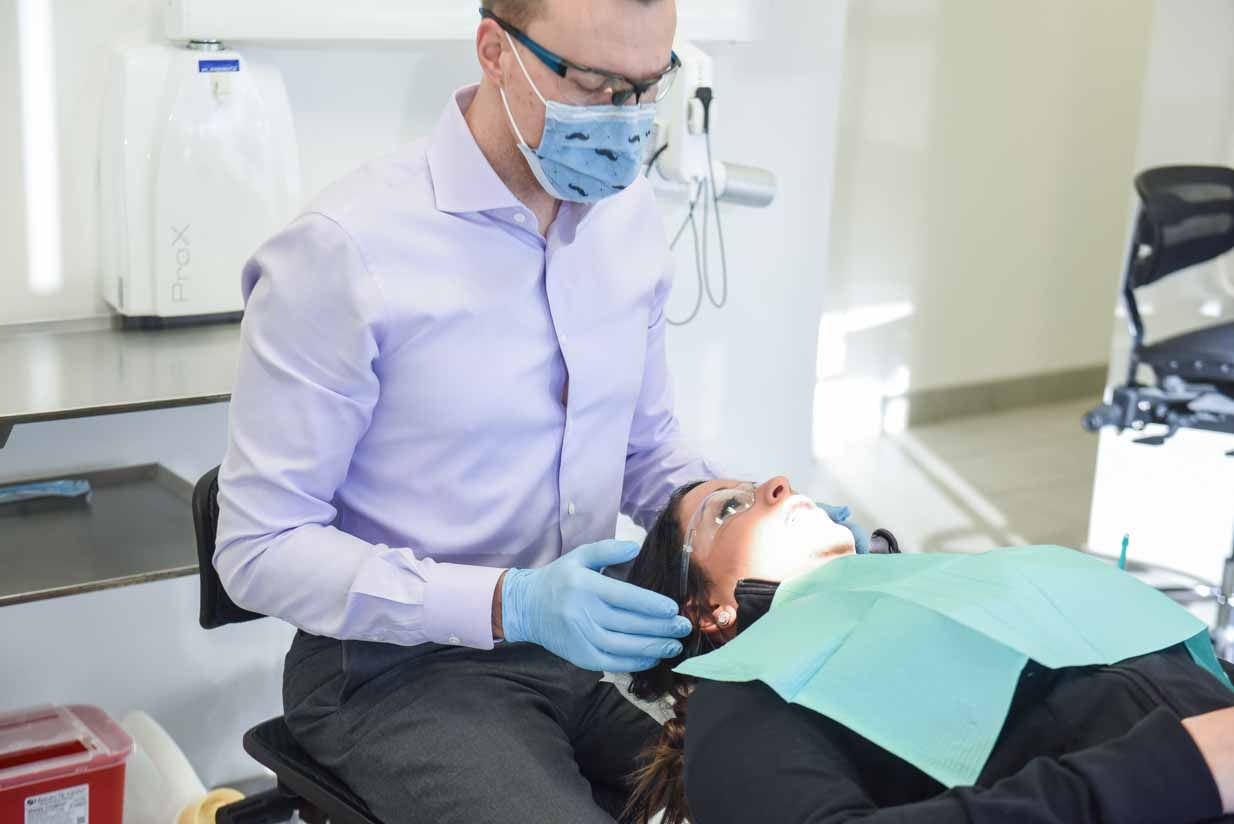We all have busy lives, and places to be, but these oral care tips will help you keep a healthy smile, wherever you go!
- Brush your teeth at least twice a day: in the morning, and before going to bed. Brushing your teeth is like washing your hands, the more you do it, the healthier you will be.
- If you are going about your day and can’t get to a toothbrush, chew sugar-free gum for 5 minutes after meals. We recommend the brands Spry® or Pur®, as they contain xylitol, a naturally occurring anti-cavity sugar from birch bark. Note: chewing gum does not replace brushing twice a day!
- If you do brush your teeth after meals, wait for at least 30 minutes after eating before you brush. The 30 minutes gives your teeth time to remineralize. Otherwise, the not-yet-neutralized acid on your teeth makes your tooth enamel soft and at risk of being brushed away over time.


